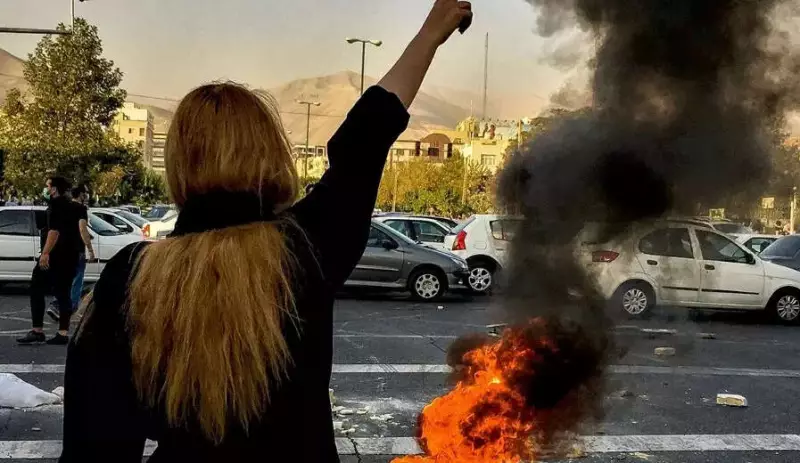
Iran's Generation Z finds itself trapped in an unprecedented crisis, caught between the hammer of government crackdowns and the anvil of crippling economic sanctions. The very future of the country's youth hangs in the balance as multiple challenges converge to create what many are calling a "lost generation".
The Triple Threat Facing Iran's Youth
Young Iranians today confront a perfect storm of adversity that threatens to derail their lives and aspirations:
- Economic Collapse: Western sanctions have decimated the economy, with unemployment soaring and the national currency in freefall
- Political Repression: Widespread protests have been met with brutal crackdowns, leaving many young activists imprisoned or silenced
- Regional Instability: Ongoing conflicts across the Middle East create constant uncertainty about Iran's future
Dreams Deferred: The Human Cost
The impact on daily life is devastating. University graduates who should be building careers are driving taxis or selling goods on the street. Young couples postpone marriage and children because they cannot afford basic living costs. The brain drain has accelerated as Iran's best and brightest seek opportunities abroad.
"We're living in a pressure cooker," says one 24-year-old Tehran resident who requested anonymity. "Every day brings new worries - about finding work, about expressing opinions, about whether there's any future here at all."
A Generation's Resilience Tested
Despite the overwhelming challenges, Iran's youth continue to demonstrate remarkable resilience. Many have turned to digital entrepreneurship, online education, and creative arts as outlets for expression and survival. The very technology that authorities struggle to control has become a lifeline for a generation determined to connect with the wider world.
However, the psychological toll is immense. Mental health professionals report soaring rates of depression and anxiety among young Iranians who see limited paths forward in their homeland.
Regional Implications
The plight of Iran's youth has significant implications for the entire Middle East. As the largest youth population in the region, their future trajectory will inevitably shape regional stability, economic development, and political dynamics for decades to come.
International observers watch with concern as a generation that should be driving progress instead faces systematic marginalization and economic exclusion.





